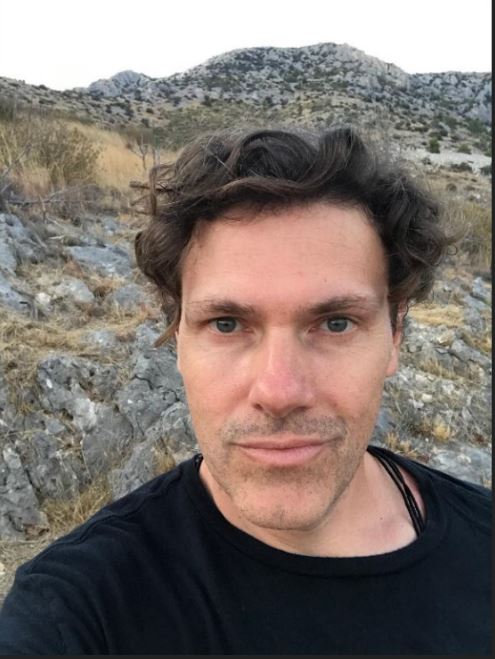Scientific team, consisting of several national and foreign archeologists, has been in Nikšić for days, searching Vrbičke caves – famous archeological site which testifies to life in ancient history in Montenegro. The expedition has come to a sensational discovery- they found the oldest human remains in the territory of Montenegro. Archeology professor, Mr Dušan Borić, scientific researcher at Colombia University in New York, says that they identified two human teeth – one dates back to early Neolithic and the other is even older – belongs to Mesolithic period.
Mr Borić explained that they had found those teeth several years ago, but DNA and other analyses that had confirmed that they were the oldest human remains had arrived only recently.

“The first tooth, from the Neolithic period, belonged to the first farmers, cattle breeders who arrived in this region. They come from Anatolia, Near East and then they spread across Europe and the Balkans. There are assumptions that there was also some maritime route, across Aegean Sea, Ionian Sea and Adriatic coast”, Professor Borić explains.

The other tooth is typical of hunting-collecting communities and their genetic heritage that existed during the period of hunters-collectors in Paleolithic and Mesolithic period.
Mr Nikola Borovinić from the Center for Conservation and Archeology of Montenegro says there are very few skeleton remains left in Montenegro, which makes this discovery even more fantastic.
Bones of a newborn baby, hearth, a tooth…
“This research project started in 2012, in cooperation with then McDonald Institute for archeological research from Cambridge, Faculty of Philosophy in Belgrade and Museum in Nikšić. The cooperation continued, but the participants changed. The idea was to visit the Municipality of Nikšić, find the most interesting cave habitats, that would be convenient for further archeological research with the aim of defining the way of life of hunters-collectors, cultural groups and civilizations that lived here”, Mr Borovinić explained.

From that day until up to date, they found scores of interesting objects – animal bones, tools from the Stone Age, ceramics… This season was equally “fruitful” and Vrbička cave never ceases to surprise.
During this season, they found bones that belonged to a baby.
“The child was probably buried in the cave, but we need to investigate that further. It’s on the edge of the zone we investigate and we’ll see if traces spread, if there’s a whole skeleton. There was another tooth from the Neolithic period”, Professor Borić explains.
Dark, rear parts of the cave probably served for burials and rituals.

“If we had finished in the first year, we wouldn’t have everything we have now. Our constant work resulted in success. Six years in a row, and we keep discovering something new”, Professor Borić says.
Professor explains they discovered a hearth from the Mesolithic period, around 7000 BC.

“We’ve got remains of the wood that burned here; maybe some plant remains that were preserved in the process. We are even able to understand how the space was used, where they sat, how they prepared food etc”, he says.
On the grounds of the analysis of isotopes, they can find out what those people ate, where they moved and what their health was like. In that context, teeth are useful evidence because they maintain the matters on the basis of which it can be established how long they lived, how old they were…
Paleolithic marmots
This archeologist explains that they have found remains of a marmot in the cave – small animal hunters hunted in the last millenniums of the Paleolithic period.
“These animals crawled all over during the coldest phases of the last ice-age, conveniently for the hunters. There are still locations in Montenegro where marmots lived but not to the extent we found here. That’s another specificity of the cave”, professor says.

When you discover something, it’s an amazing feeling!
Professor Borovinić says there are many interesting caves in Nikšić, but not all of them were convenient for research. Hidden in the stones of Duga, around 20 km away from Nikšić, Vrbička cave is definitely special.
They have found many interesting objects in their expeditions and the deeper the excavation the more exciting the discoveries.

“We found remains of the ceramics from the Bronze Age, which indicated that we found a habitat of various communities. We found layers from the Neolithic period, from the more recent phase of the Neolithic period, remains of Mesolithic period and the period of upper Paleolithic period. We also discovered remains of animals. The feeling when we discover something is amazing. You know that feeling when you are looking for something but you don’t know if you will ever find it. It’s nice and interesting, a man is happy and satisfied regardless of the hard work”, Professor Borovinić concludes.




